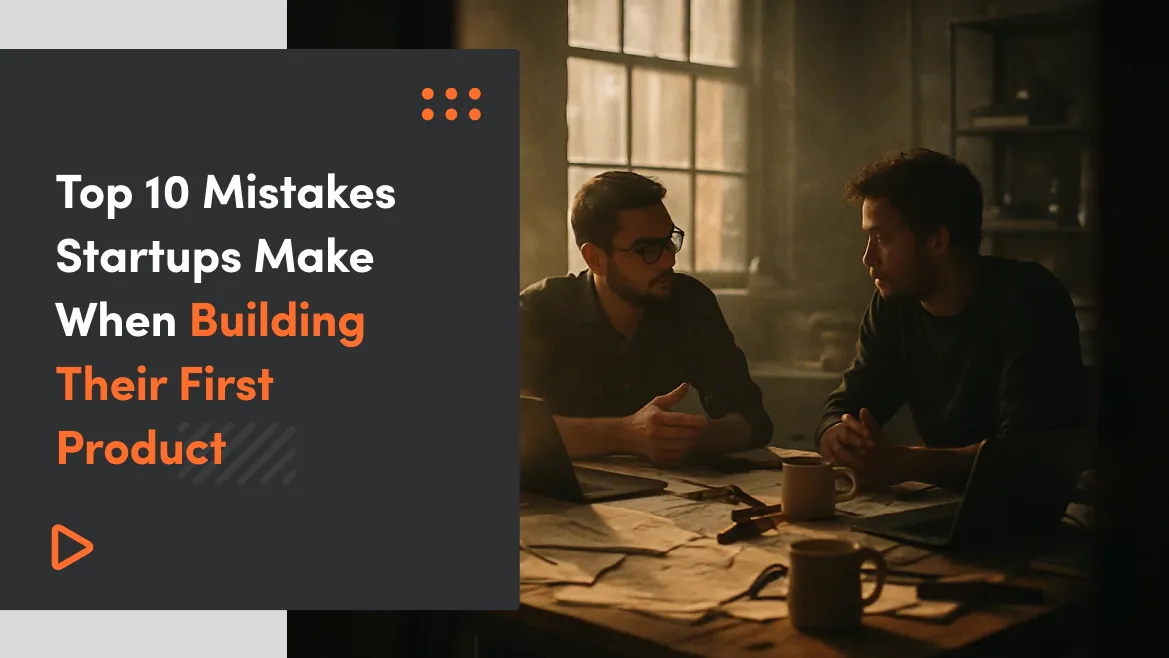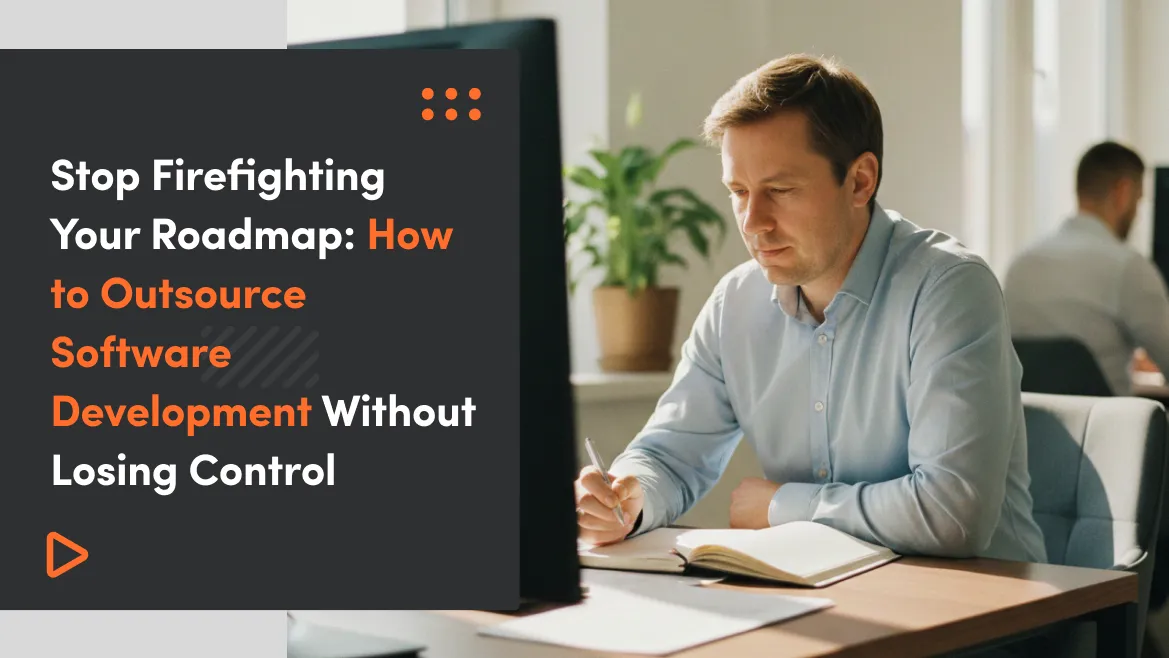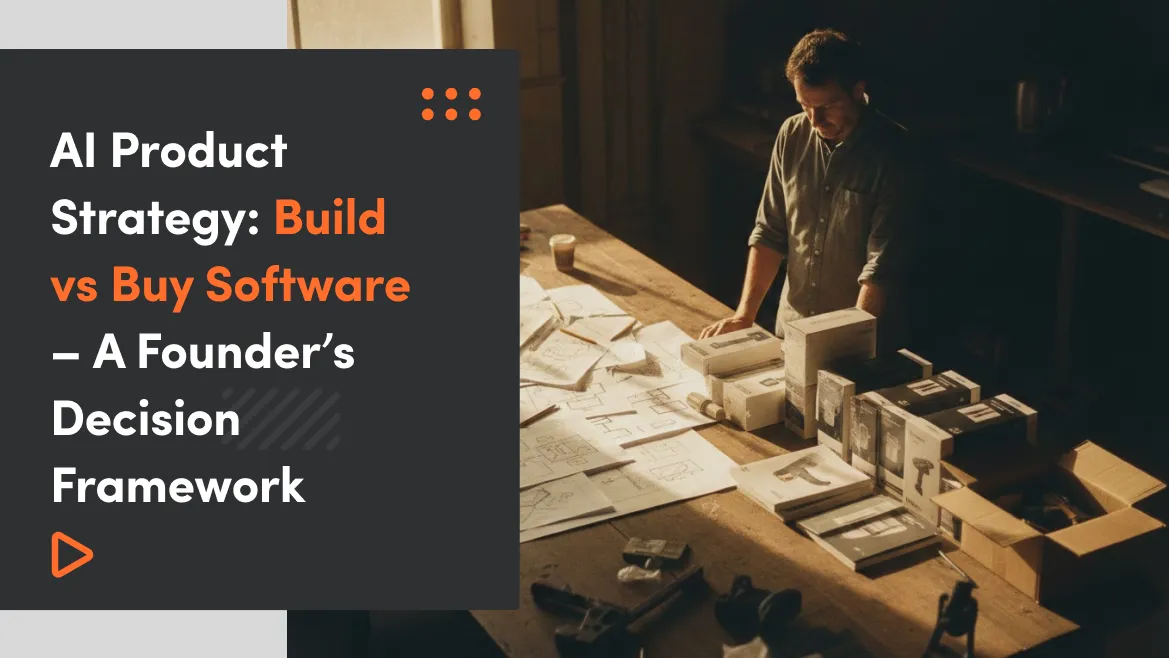Every startup journey starts with excitement, ambition, and great ideas. But why do so many first-time products fail? At Selleo, we’ve supported countless startups on their path from concept to market. We've identified the most common pitfalls new ventures face when developing their first product. Here’s our detailed list of the top 10 mistakes, why they happen, how to avoid them, and clear answers to frequently asked questions to guide you effectively.
Too often, founders build products without thorough validation. Skipping validation often happens due to excitement or assumptions about market needs, leading to products nobody wants. Without validation, startups risk investing significant time and resources into ideas that may never find a sustainable market fit.
Solution: Conduct market research, run detailed customer interviews, create rapid prototypes, and seek user feedback regularly. Validating early helps confirm genuine market needs.

FAQ: How do I know if my idea is validated enough?
Your idea should solve a clear, frequently mentioned problem confirmed consistently through direct user feedback and measurable data.
Mistake #2: Ignoring User Feedback
Building without continuous user feedback can result in products misaligned with user expectations, causing low adoption rates and eventual failure. Often startups fear negative feedback or underestimate the importance of user perspectives.
Solution: Regularly incorporate user testing, interviews, and feedback loops. Encourage open dialogue with potential users to identify real-world improvements.
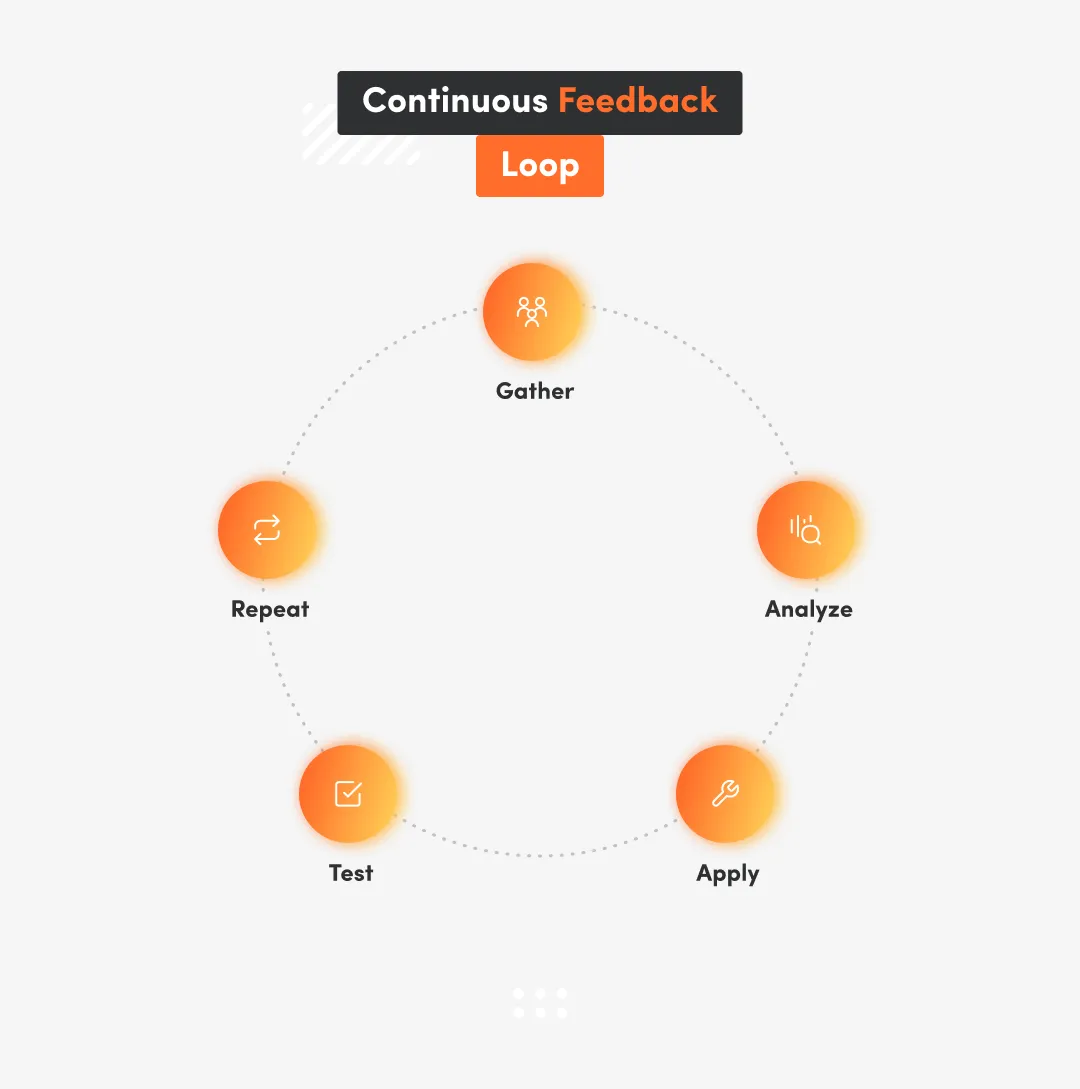
FAQ: What's the best way to gather user feedback?
Surveys, user interviews, focus groups, and usability tests provide valuable insights to ensure alignment with user expectations.
Mistake #3: Overengineering the MVP
Startups often overload their Minimum Viable Product (MVP) due to perfectionism or misunderstandings of the MVP concept. This approach wastes precious resources, delays market entry, and increases complexity.
Solution: Focus strictly on essential features needed to test your core hypothesis. Define clearly what constitutes success and build the MVP accordingly.
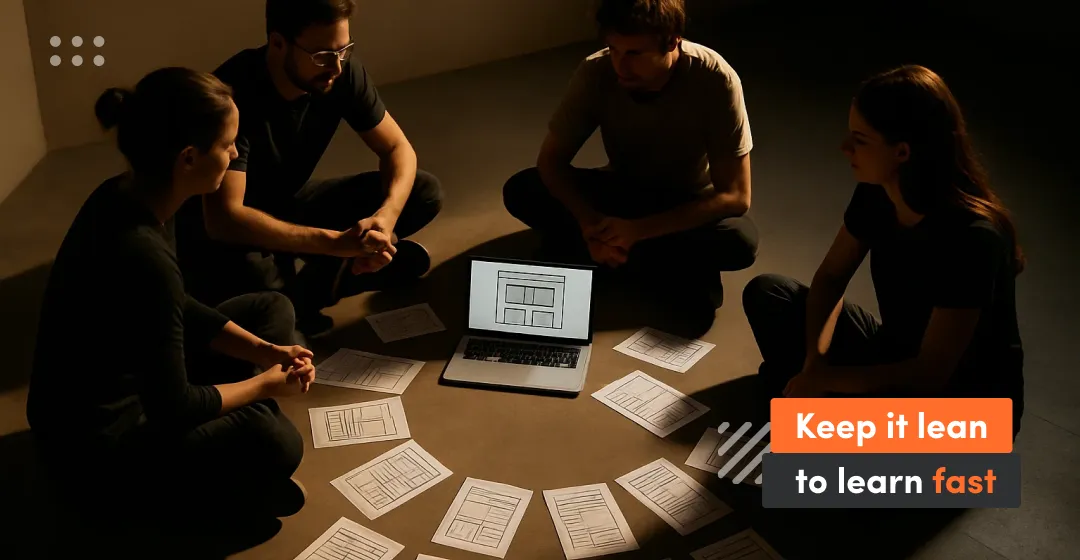
FAQ: How minimal should an MVP be?
Include only those features absolutely necessary to validate your primary market assumption, ensuring quick learning and iteration.
Try our developers.
Free for 2 weeks.
No risk. Just results. Get a feel for our process, speed, and quality — work with our developers for a trial sprint and see why global companies choose Selleo.
Mistake #4: Choosing the Wrong Tech Stack
Selecting technologies based solely on popularity can hinder performance, scalability, and flexibility. Many startups pick trendy frameworks without thoroughly evaluating suitability, leading to expensive future adjustments and technical debt.
Solution: Evaluate your technology choices based on scalability, compatibility, maintainability, future-proofing, and available team expertise. Consulting with seasoned developers and conducting thorough assessments helps avoid costly pitfalls.
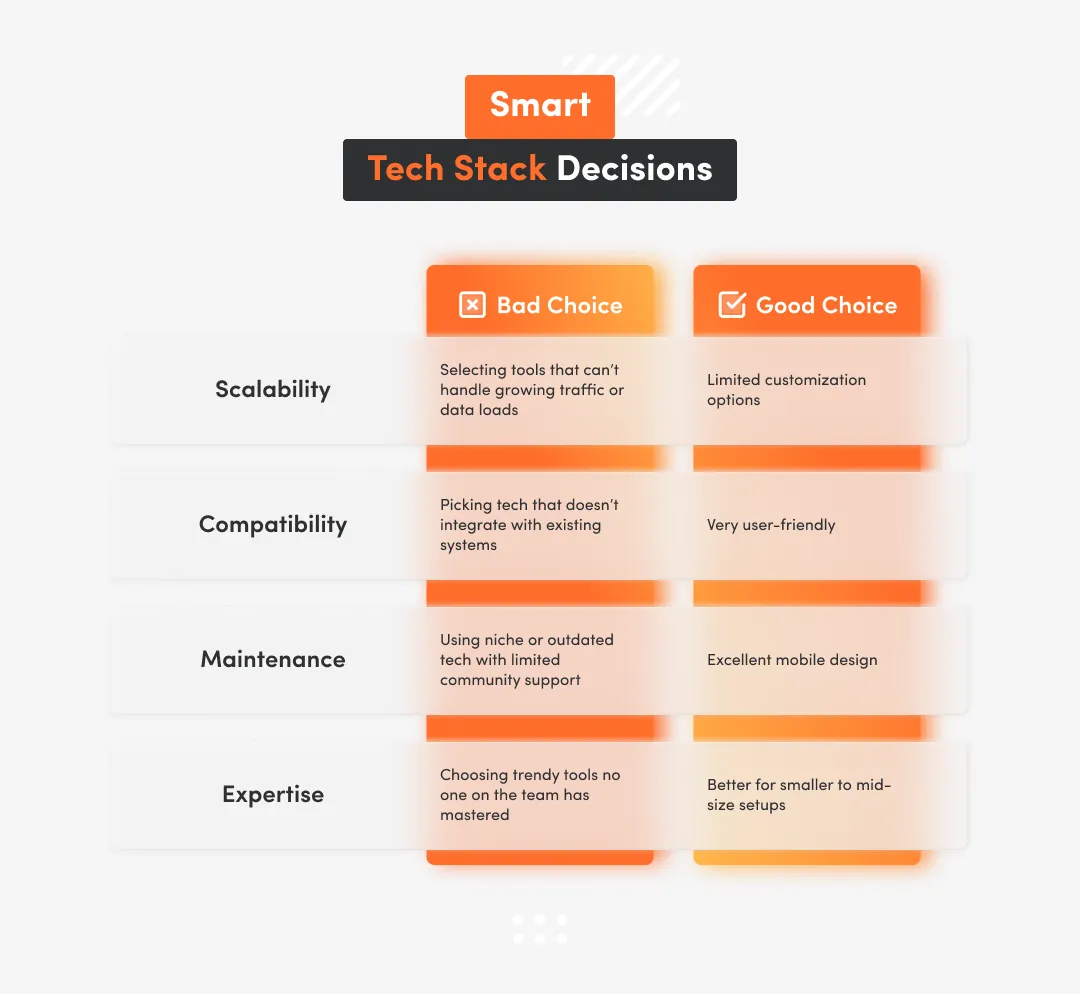
FAQ: How do I pick the right technology?
Assess your long-term goals, product scalability requirements, maintenance ease, and the expertise available within your team or through external partnerships.
Mistake #5: Underestimating Costs and Timelines
Optimistic assumptions frequently cause startups to underestimate the resources required, leading to insufficient budgeting and missed deadlines. This miscalculation can result in team burnout, financial distress, and compromised product quality.
Solution: Build conservative budgets and timelines, adding adequate buffers to accommodate unforeseen challenges or delays.
FAQ: How much buffer should I include?
Typically, include an additional 20-30% of your estimated time and budget to account for potential setbacks and unexpected issues.
Mistake #6: Neglecting UX/UI Design
Ignoring the significance of user experience (UX) and user interface (UI) design often leads to poor user adoption. Even groundbreaking ideas fail if the product isn’t intuitive and engaging.
Solution: Prioritize UX/UI from the start, working closely with experienced designers to ensure your product is user-friendly, accessible, and attractive.
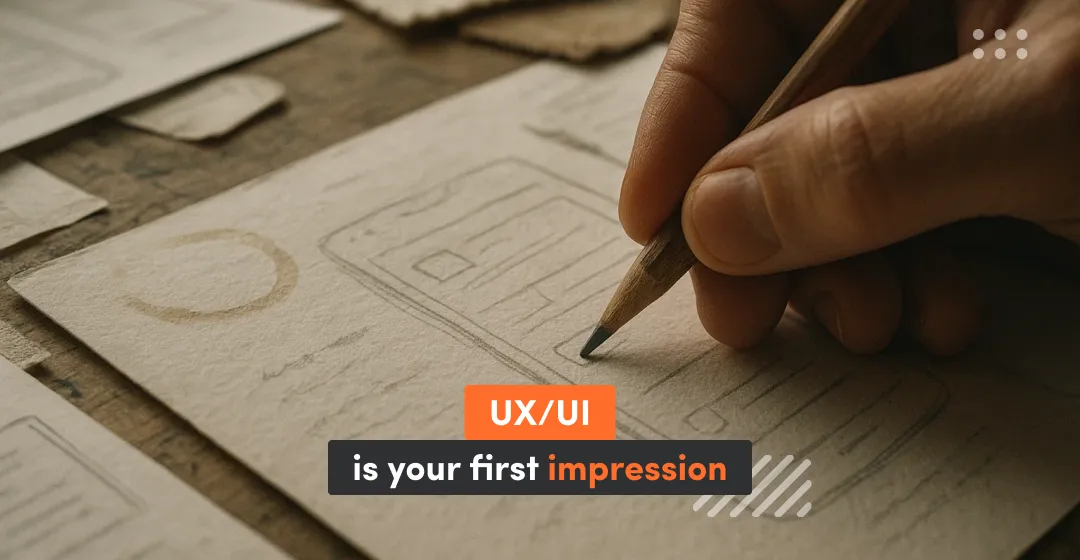
FAQ: When should UX/UI design be considered?
Incorporate UX/UI considerations at the beginning and continuously throughout the development process.
Mistake #7: Poor Communication Within the Team
Poor internal communication can derail development processes, lead to costly misunderstandings, and slow down project timelines. Lack of clarity often results from insufficient or inconsistent communication channels and practices.
Solution: Implement clear and regular communication routines, such as daily stand-ups, sprint reviews, transparent documentation, and collaborative project management tools.
FAQ: What's the most effective communication method for startups?
Combining frequent face-to-face (or virtual) meetings with asynchronous communication tools such as Slack, Jira, and Trello ensures clarity and efficiency.
Mistake #8: Ignoring Analytics and Data
Without proper analytics, startups rely on guesswork instead of informed decisions. Ignoring data can lead to missed opportunities for improvement, poor product iterations, and misaligned user experiences.
Solution: Implement robust analytics tools early to track key performance indicators (KPIs), user behaviors, and product performance. Make data-driven decisions central to your development process.
FAQ: What key analytics should startups monitor?
Essential analytics include user engagement rates, conversion metrics, retention statistics, user behavior flows, and direct feedback analysis.
Mistake #9: Not Preparing for Scalability
Focusing exclusively on short-term objectives can create severe scalability issues later. Technical debt accumulates quickly when startups prioritize quick fixes over strategic, scalable development practices.
Solution: Plan for future growth by building modular and scalable architectures from the start. Anticipate future demands and integrate flexibility into your product infrastructure.
FAQ: How do I ensure my product scales well?
Develop a clear architectural roadmap, employ scalable technologies, and adopt modular development practices early on.
Mistake #10: Not Choosing the Right Development Partner
Working with inexperienced developers or choosing partners based solely on cost considerations often leads to significant product issues, delays, and extra expenses.
Solution: Select experienced, reputable development partners based on expertise, successful client histories, clear communication practices, and technical proficiency.
FAQ: How can I choose the right development partner?
Look for proven success stories, transparent collaboration processes, relevant technical expertise, and positive references from previous clients.
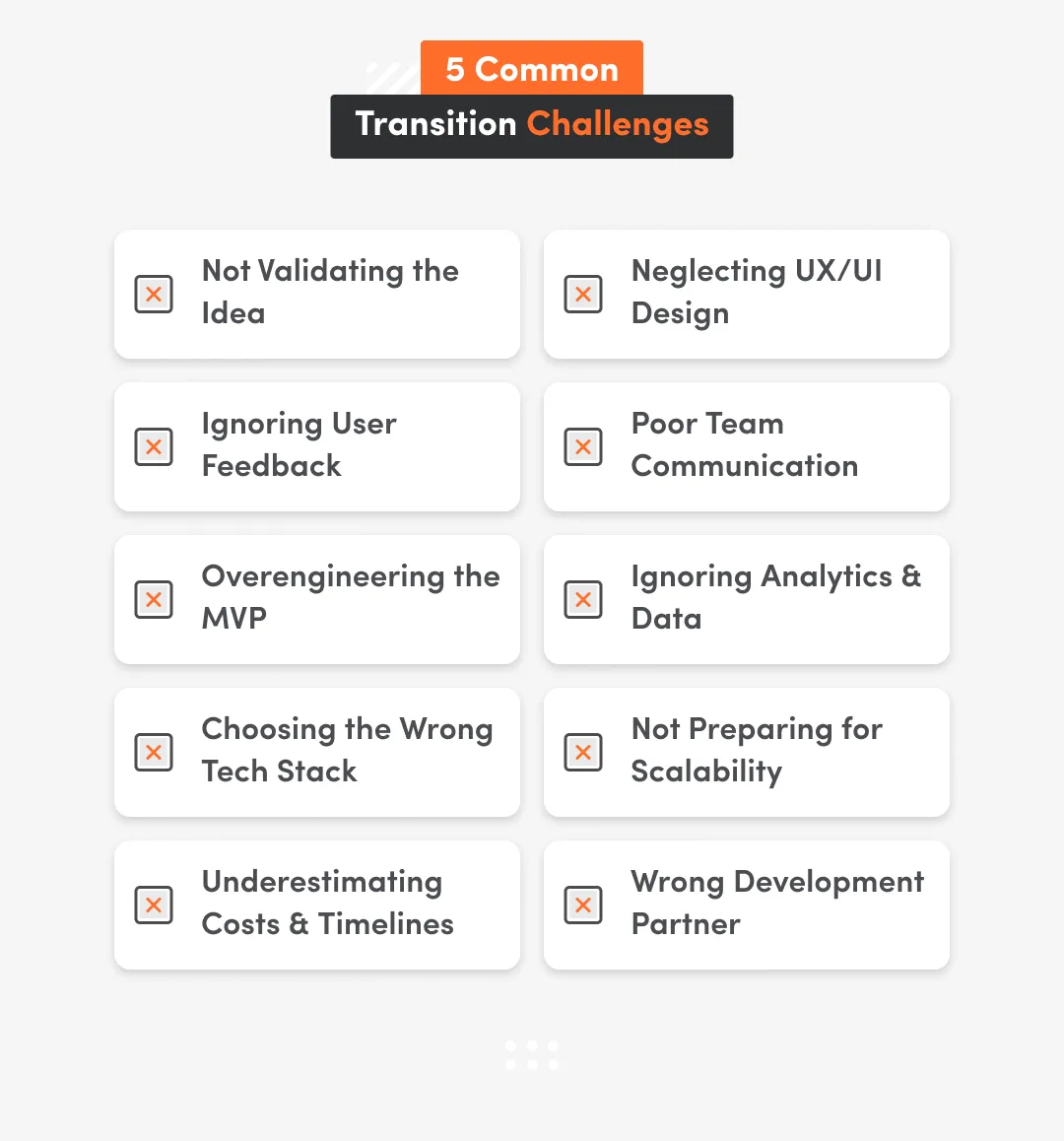
Your Next Step: Turn Pitfalls into Opportunities
Building your first product is challenging, but understanding and avoiding these common pitfalls can dramatically improve your chances of success. Each mistake we've highlighted provides valuable lessons that, if applied early and consistently, can significantly enhance your product's viability, market fit, and scalability.
Startups succeed when they validate their ideas thoroughly, incorporate continuous user feedback, keep their MVP lean, select suitable technologies, realistically plan timelines and budgets, prioritize excellent UX/UI design, communicate clearly within teams, leverage analytics effectively, plan strategically for scalability, and partner with experienced development teams like Selleo. Embracing these principles from day one is key to turning ambitious ideas into thriving businesses.

Avoiding these mistakes isn’t just about survival—it's about positioning your startup for long-term success and growth. Ready to confidently bring your idea to life? Reach out to Selleo, and let's transform your vision into a reality.
